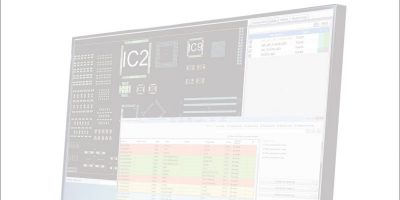3D inspection software is self-programming for SPI and AOI
Automated optical and x-ray inspection and measurement equipment from Saki includes what is believed to be the first self-programming software for solder paste inspection (SPI) and automated optical inspection (AOI) equipment.
Saki Self-Programming (SSP) software, installed on Saki’s 3D SPI and 3D AOI systems, makes programming fast, easy claims the company and does not require any special programming skill or training. The user needs only Gerber and centroid CAD data, says the company.
Saki Self-Programming software does not require DFM software. The technology captures complete height and XY data and images while simultaneously scanning multiple fields of view. There is the ability to select from over 300,000 components from Saki’s Golden Library. SPI/AOI data can be programmed automatically, using a defined set of standards and criteria, such as naming, orientation, and parameters, as those recognised by IPC standards for AOI and SPI systems. This removes the programming discrepancies and variations that arise when programming is done by different programmers, says Saki.
With SSP, one program can be used for inspection systems-SPI, pre-reflow, and post-reflow. There is no need to program each machine separately. The inspection program can be generated without first preparing a golden PCB. This saves time for businesses that are primarily based on new product introduction, says Saki, and those with customers requesting high-mix/low-volume production with short delivery time. The offline debug function allows fine-tuning to be done remotely without stopping the production line, the time for the user to work with the inspection equipment is minimised.
SSP is claimed to improve process quality and control, ensure a defect-free product, and enhance Industry 4.0/M2M communication. Other features include a solder inspection algorithm with 2D/3D hybrid technology which automatically recognises the defect type and distinguishes it from other solder defects.
Optical character verification shows thumbnails of the components and an inspection preset quickly skips between different processes.
Self-diagnostics and self-alignment with both time-based and condition-based maintenance, ensures consistent machine performance and maintains accuracy. A calibration status report enables the system to output calibration results.




